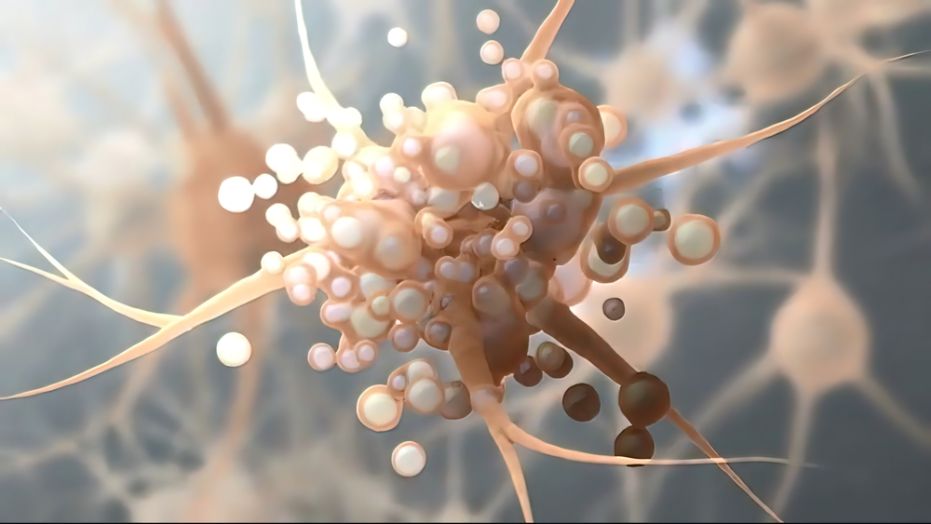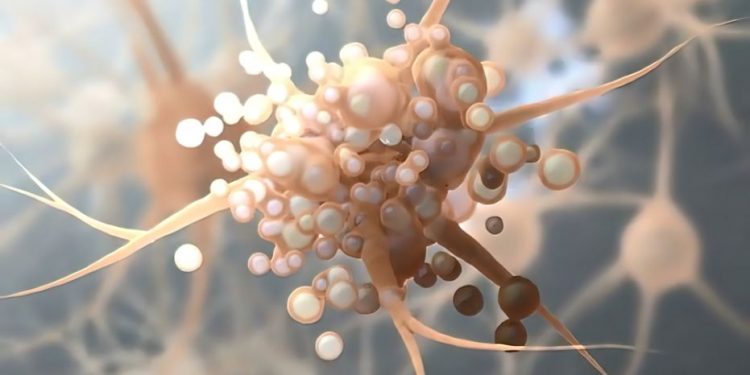A rare form of cancer that starts in the skin, mycosis fungoides may progress to tumors or spread to other parts of the body. If it’s caught early, treatment can cure it and improve quality of life. If it reaches an advanced stage, the outlook is poor and treatment options are limited.
Mycosis fungoides is part of a category of cancers called cutaneous T cell lymphomas. These affect the blood cells that help fight infection and cancer, including B-cell lymphocytes that make antibodies to attack infections, and natural killer (NK) cells that kill cancer and virus cells. In mycosis fungoides, the T cells that cause disease are abnormal and multiply out of control. The cancer cells grow and move into the skin, forming itchy rashes or plaques that may ulcerate, or become larger and form tumors. The tumors can be found in the skin, lymph nodes or other organs such as the liver and spleen. Mycosis fungoides is usually less serious than other forms of cutaneous T cell lymphoma such as Sezary syndrome, which is more aggressive and faster growing.
The first sign of mycosis fungoides is an itchy rash that can resemble other conditions such as psoriasis or eczema. The rash may be scaly and red, or have bumps that resemble blisters. The rash can be found anywhere on the body, but is most common on the trunk and extremities (arms, legs and feet). People with mycosis fungoides also often have fever and fatigue.

A doctor can diagnose mycosis fungoides based on the skin rash and a biopsy, which involves taking a small sample of skin — or tissue — and placing it under a microscope. A doctor may take multiple biopsies over time to confirm a diagnosis. The biopsy can also show whether mycosis fungoides has moved into the plaque or tumor phase.
Treatments for mycosis fungoides vary depending on the stage of the disease. If it’s in the premycotic or patch phase, doctors might prescribe creams, gels and other topical treatments to treat the rash. These can include corticosteroids, vitamin A medicines known as retinoids or ultraviolet light treatments. These medications can be used alone or in combination.
If mycosis fungoides moves into the plaque or tumor stage, your healthcare provider might use systemic therapies, which are drugs that enter the body through a vein or the mouth, to destroy cancer cells in the blood or other organs. These can include chemotherapy and radiation therapy. They might use monoclonal antibodies as targeted therapy, such as mogamulizumab-kpkc and brentuximab vedotin, to treat mycosis fungoides that has spread beyond the skin or to other areas of the body.
If mycosis fungoides advances to a more advanced stage, experts might recommend an allogeneic stem cell transplant. This involves doctors giving you healthy stem cells from a donor. Your own healthy stem cells can grow into T cells and replace the abnormal ones that cause your cancer to progress, or they can be given as a form of immunotherapy.









